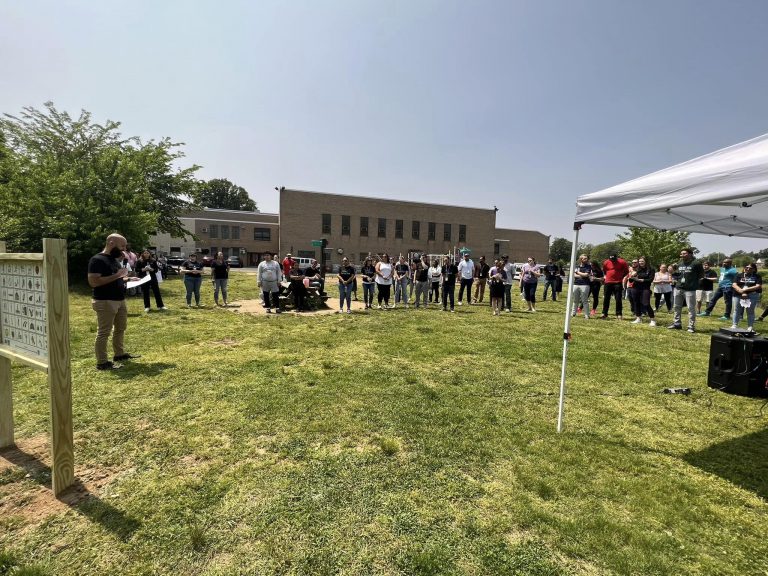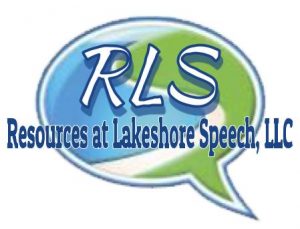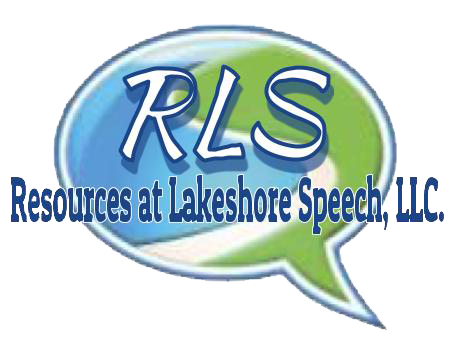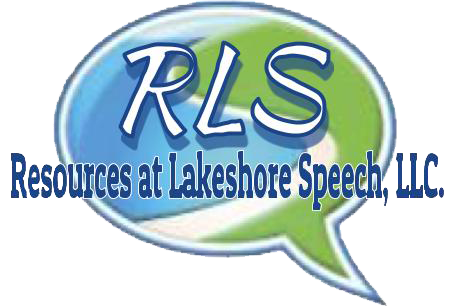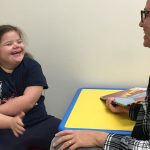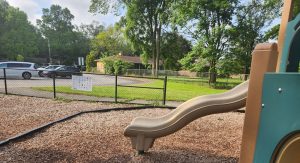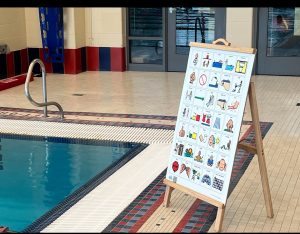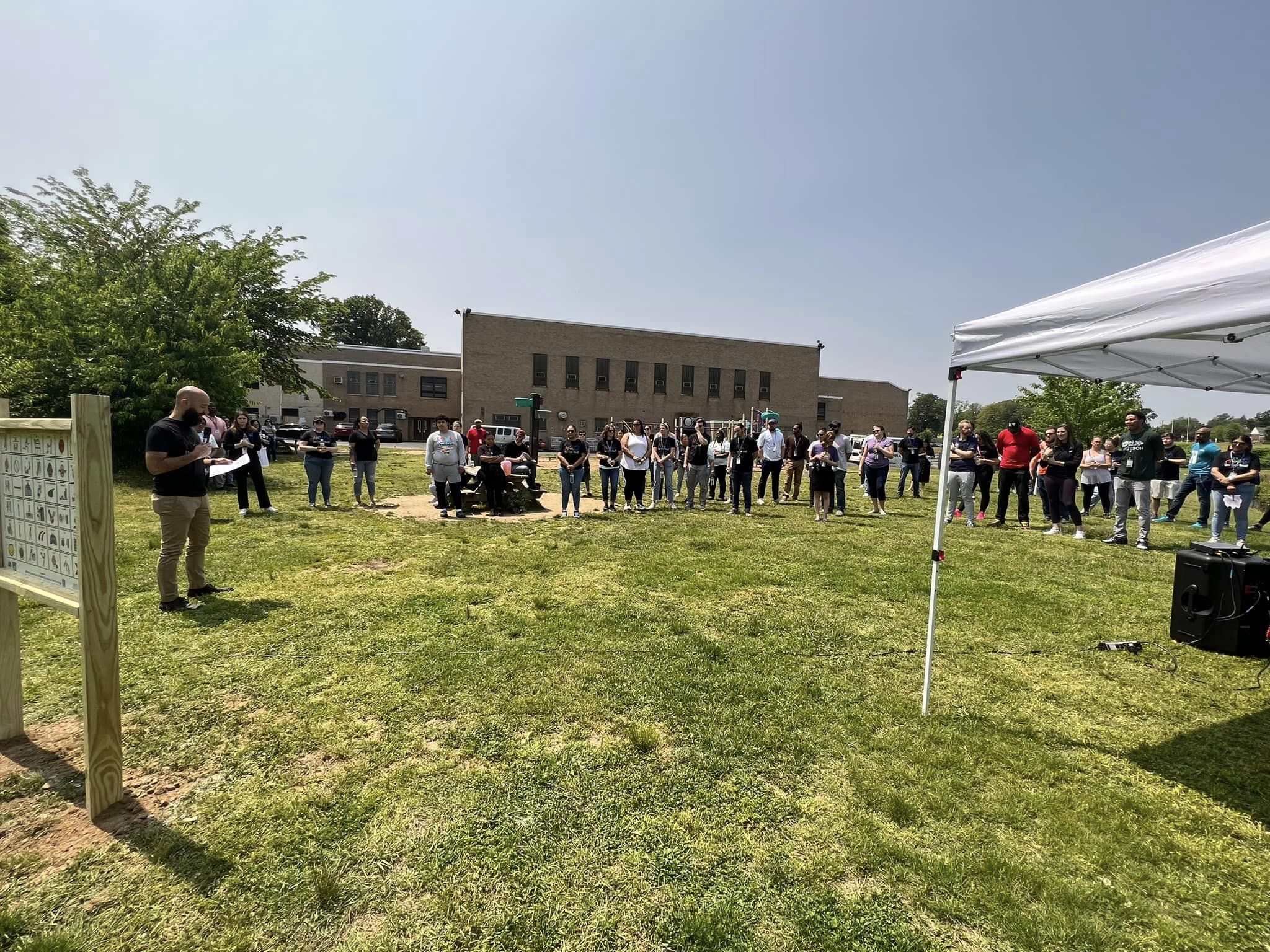
We are aware and understand the profound impact that communication boards can have in creating inclusive, accessible environments for all children. Our mission should be to ensure that every playground and pool is equipped with the necessary tools to support children with communication differences, making these spaces enjoyable and accessible to everyone. This comprehensive guide will provide the strategies and insights needed to advocate effectively for the installation of communication boards in your local municipalities.
Understanding the Importance of Communication Signs
Before diving into advocacy strategies, it’s essential to grasp why communication boards are crucial in playgrounds and pools. These signs or boards, often featuring symbols and words, help children with speech and language differences express their needs, interact with peers, and participate fully in play and recreational activities. Here’s why they matter:
- Inclusivity: Communication boards ensure that children with communication challenges are not excluded from play and social interactions.
- Safety: These boards can help children convey important safety-related messages, reducing the risk of accidents or misunderstandings.
- Independence: With communication boards, children can express themselves more independently, boosting their confidence and self-esteem.
- Community Engagement: Inclusive play spaces foster a sense of community, where all children, regardless of their abilities, can interact and learn from each other.
Building a Case for Communication Boards
To advocate effectively, you need a compelling case that highlights the benefits and necessity of communication boards in playgrounds and pools. Here’s how to build your case:
- Gather Data and Research – Collect data and research that supports the need for communication boards. This might include:
- Statistics: Provide statistics on the number of children with communication disorders in your community or nationally.
- Studies: Reference studies that show the benefits of AAC (Augmentative and Alternative Communication) tools in enhancing communication and social interaction.
- Testimonials: Gather testimonials from parents, educators, and speech therapists who have seen the positive impact of communication boards.
- Highlight Success Stories
- Share success stories from other communities that have implemented communication boards. Show how these signs have transformed playgrounds and pools into more inclusive and enjoyable spaces for all children. For example, Lowell, MA, has successfully incorporated communication boards in all their parks and pools, leading to a positive impact on the community.
- Align with Local Initiatives
- Research local initiatives and policies related to inclusivity and accessibility. Align your advocacy with these initiatives to demonstrate how communication boards support broader community goals. Highlight any existing commitments to ADA (Americans with Disabilities Act) compliance or other relevant regulations.
Engaging Stakeholders
Effective advocacy requires the support and involvement of various stakeholders. Here’s how to engage them:
- Parents and Families
- Parents and families are often the most passionate advocates for their children. Organize informational sessions and workshops to educate them about the benefits of communication boards. Provide materials that they can share with others, including school administrators and community leaders.
- Educators and Speech Therapists
- Educators and speech therapists can provide expert insights and support for your advocacy efforts. Collaborate with them to gather evidence, develop strategies, and present your case to local authorities. Their professional opinions can lend credibility to your advocacy.
- Community Organizations
- Partner with community organizations that focus on inclusivity and accessibility. These organizations can offer additional resources, support, and networks to amplify your message. Examples might include local chapters of the Autism Society, disability advocacy groups, and parent-teacher associations.
- Local Officials and Decision-Makers
- Engage with local officials, such as city council members, parks and recreation departments, and school boards. Request meetings to present your case and provide them with comprehensive information about the benefits of communication boards. Be prepared to address any concerns they might have, such as costs or implementation challenges.
Crafting Your Message
Your message should be clear, compelling, and tailored to your audience. Here are some key points to include:
- The Benefits of Communication Boards
- Explain how communication boards create inclusive, safe, and engaging environments for all children. Highlight the specific benefits, such as improved social interactions, increased independence, and enhanced safety.
- Success Stories and Data
- Share success stories from other communities and provide data that supports the effectiveness of communication boards. Use visuals, such as charts and graphs, to make your data more engaging.
- Alignment with Community Goals
- Show how communication boards align with local initiatives and policies related to inclusivity, accessibility, and ADA compliance. Emphasize that installing these signs is a positive step towards meeting community goals and commitments.
- Practical Considerations
- Address any practical considerations, such as costs and implementation. Provide estimates of the costs involved and potential funding sources, such as grants, donations, or partnerships with local businesses. Highlight any successful funding models used in other communities.
Strategies for Advocacy
Now that you have a compelling case and engaged stakeholders, it’s time to implement your advocacy strategies. Here are some effective strategies to consider:
- Public Awareness Campaigns
- Launch public awareness campaigns to educate the broader community about the importance of communication boards. Use social media, local newspapers, and community events to spread your message. Create informative brochures, posters, and videos that highlight the benefits and success stories.
- Petitions and Surveys
- Create petitions and surveys to gather support from the community. Use online platforms to reach a wider audience and collect signatures. Present the results to local officials to demonstrate the community’s support for communication boards.
- Presentations and Workshops
- Organize presentations and workshops for local officials, community organizations, and the public. Use these opportunities to present your case, share success stories, and answer any questions. Provide handouts and materials that attendees can take with them.
- Pilot Programs
- Propose pilot programs to demonstrate the effectiveness of communication boards. Suggest starting with one or two playgrounds or pools and evaluating the impact. Use the results of the pilot programs to support your case for broader implementation.
- Collaborations and Partnerships
- Form collaborations and partnerships with local businesses, community organizations, and educational institutions. These partnerships can provide additional resources, funding, and support for your advocacy efforts. For example, local businesses might sponsor the installation of communication boards in exchange for recognition.
Overcoming Challenges
Advocacy often comes with challenges. Here are some common challenges and strategies to overcome them:
- Resistance to Change
- Some stakeholders may be resistant to change due to concerns about costs, implementation, or perceived complexity. Address these concerns by providing clear, evidence-based information and practical solutions. Emphasize the long-term benefits and potential funding sources.
- Limited Funding
- Funding can be a significant challenge. Explore various funding options, such as grants, donations, and partnerships. Highlight successful funding models from other communities and provide detailed cost estimates and potential return on investment.
- Lack of Awareness
- Many people may be unaware of the importance of communication boards. Use public awareness campaigns, presentations, and workshops to educate the community. Provide clear, accessible information that highlights the benefits and addresses common misconceptions.
Measuring Success
It’s important to measure the success of your advocacy efforts to demonstrate the impact and make any necessary adjustments. Here are some ways to measure success:
- Community Support
- Track the level of community support through petitions, surveys, and attendance at events. Monitor social media engagement and feedback from the community.
- Implementation
- Measure the progress of implementation by tracking the number of playgrounds and pools that install communication boards. Evaluate the impact of pilot programs and gather feedback from users
- Outcomes
- Assess the outcomes by collecting data on the usage and effectiveness of communication boards. Gather testimonials and feedback from parents, children, educators, and other stakeholders. Use this information to refine your advocacy strategies and demonstrate the benefits to local officials.
Conclusion
Advocating for the installation of communication boards in playgrounds and pools is a powerful way to create inclusive, accessible environments for all children. By understanding the importance of communication boards, building a compelling case, engaging stakeholders, crafting a clear message, and implementing effective advocacy strategies, you can make a significant impact in your community. Resources at Lakeshore Speech, LLC. is committed to supporting your advocacy efforts and providing the tools and resources needed to make every playground and pool an inclusive space for all. Together, we can create a world where every child has the opportunity to play, learn, and thrive.
